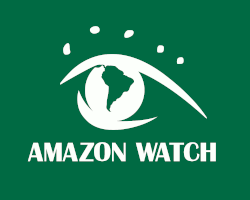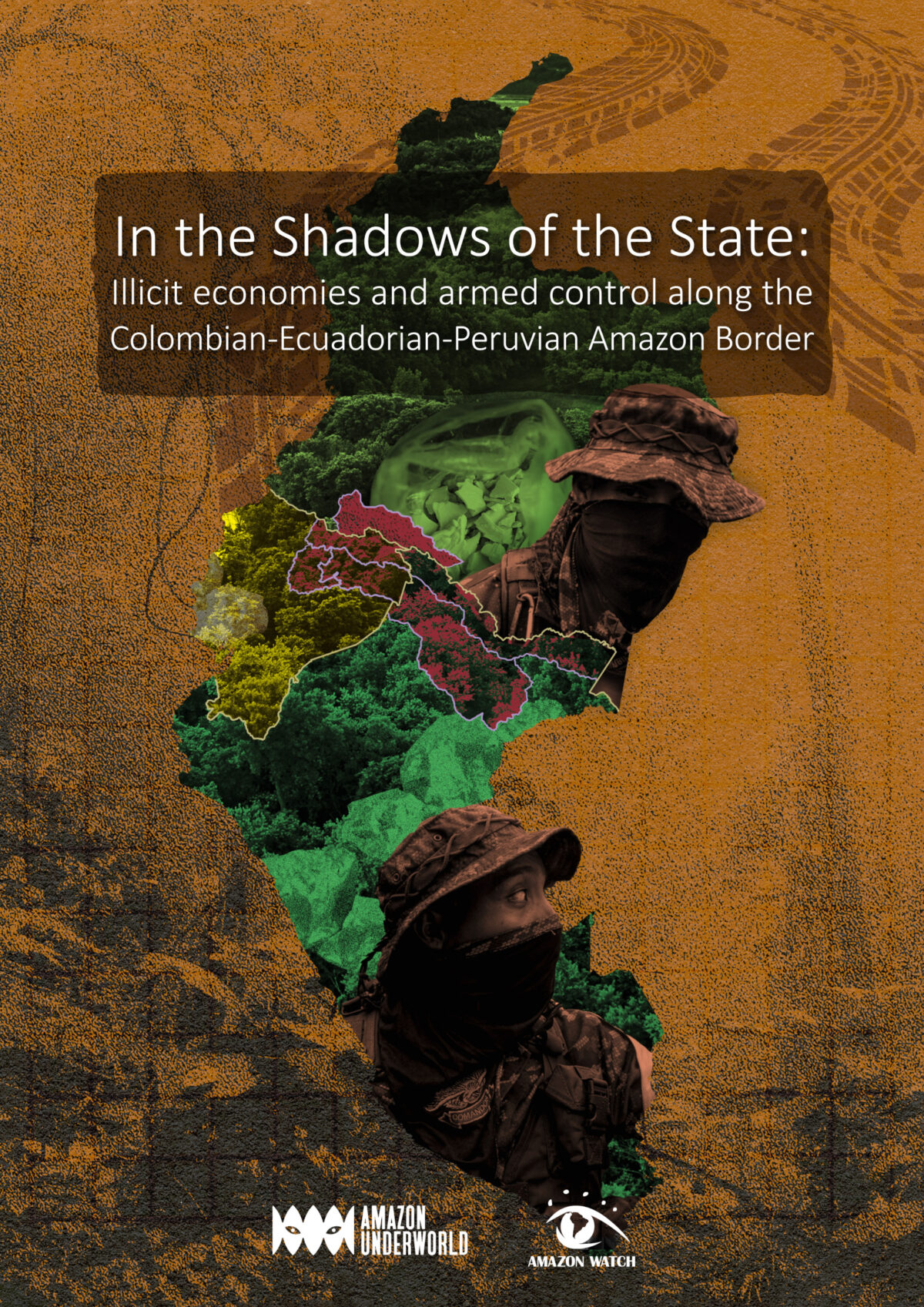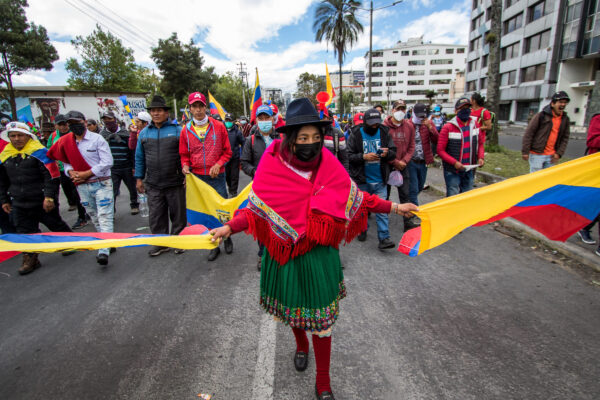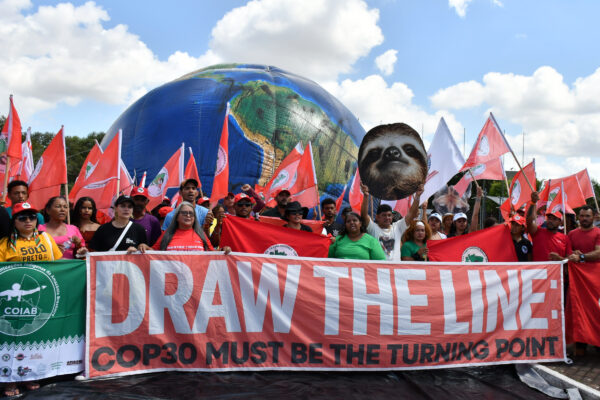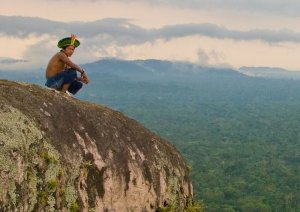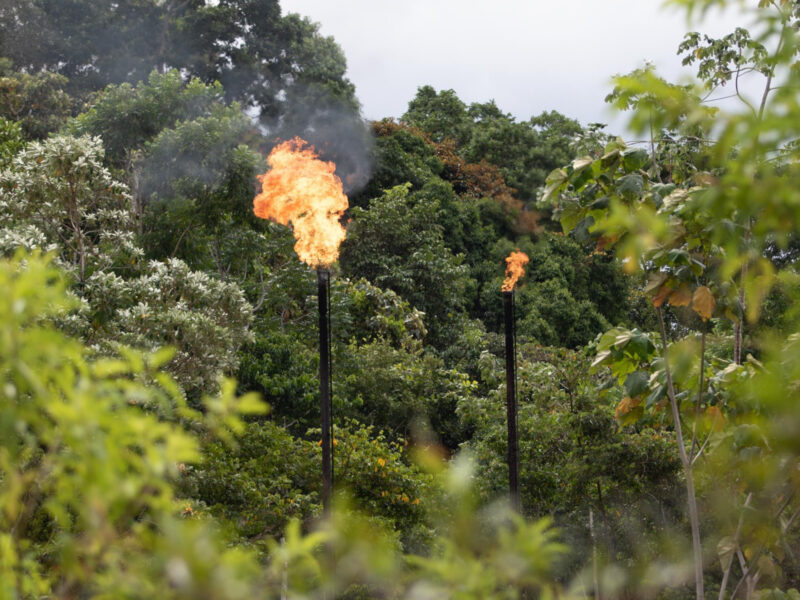Download in English (30 MB)
Versión en español (30 MB) | Informe político (10.6 MB)
The tri-border Amazon of Colombia, Ecuador, and Peru is now the basin’s most conflict-affected frontier. Non-state armed groups – Comandos de la Frontera (CDF), FARC dissidents, and Ecuadorian gangs like Los Lobos and Los Choneros – fight over coca crops, cocaine routes, and illegal gold. Weak state presence, vast terrain, and porous borders enable expansion, magnified by post-2016 FARC fragmentation and global demand.
Criminal governance erodes state authority, imposes curfews, coerces leaders, and recruits minors, hitting Indigenous, Afro-descendant, and rural communities hardest. Environmental damage – deforestation, mercury pollution, pressure on protected areas – is widespread, while sporadic military operations have not restored security or trust.
This report calls for a regional strategy centered on environmental protection, state-building, and community governance.
Priorities: gradual crop substitution with sustained investment, land-tenure formalization, and peace talks with groups like the CDF under strict human-rights conditions and respect for Indigenous autonomy.
Disrupting criminal economies demands coordinated international action, enforcement of environmental laws targeting illicit financial flows, and strong protections for social leaders. Without cross-border coordination and meaningful community participation, violence will escalate and the Amazon will suffer irreversible harm.
